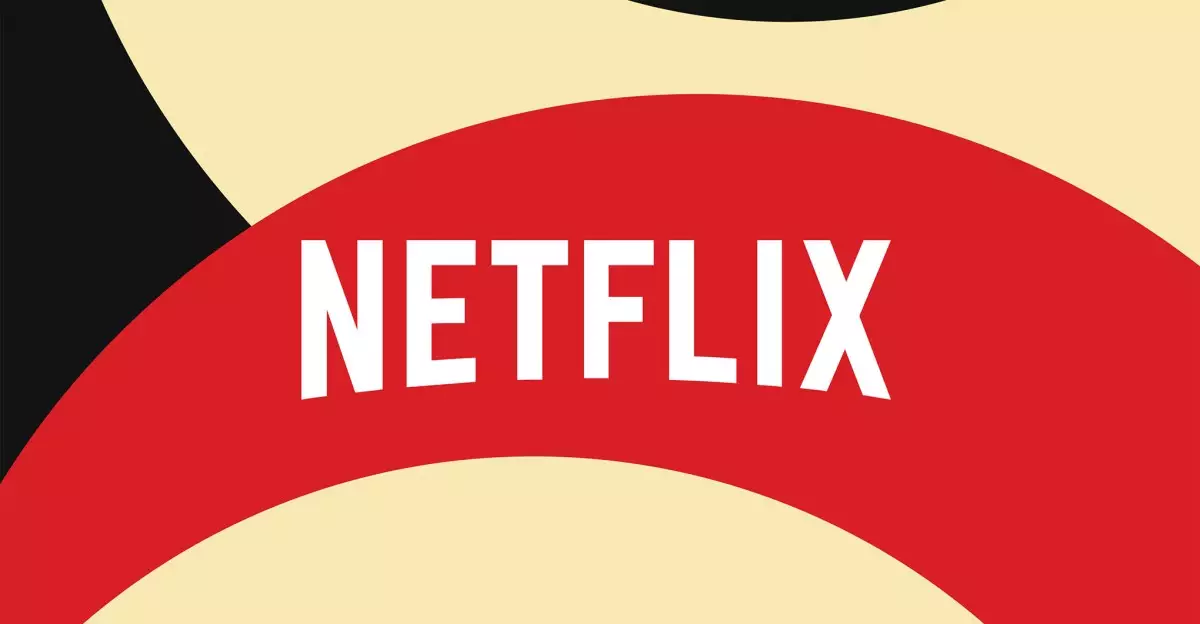In an age where streaming services are at the forefront of home entertainment, Netflix has made a significant leap by integrating HDR10 Plus support, Samsung’s preferred HDR format. This move signifies a pivotal moment for Samsung TV users, who can now experience enhanced clarity and vibrant colors that were previously locked behind the Dolby Vision fortress—a format absent from Samsung’s robust lineup. The change is not merely technical; it reflects a consumer-driven shift towards more accessible high dynamic range (HDR) viewing experiences.
Why HDR10 Plus Matters
Many viewers may not fully grasp the implications of HDR technology when it comes to their viewing pleasure. HDR10 Plus offers scene-by-scene optimization, akin to how Dolby Vision operates, enhancing brightness and color saturation precisely when needed. Yet, unlike its rival, HDR10 Plus sidesteps royalty fees, making it a cost-effective alternative for content providers and manufacturers. By adopting HDR10 Plus, Netflix aligns itself with the largest TV manufacturer globally, tapping into a market comprising approximately 30% of all televisions in circulation.
While HDR10 often delivers a basic enhancement, it is found wanting in specific moments, particularly when a scene transitions from sunlit vistas to dimly lit interiors. Static metadata organizes the overall brightness like a rigid blueprint, whereas HDR10 Plus’s dynamic capabilities create a tailored experience that can capture the nuances of each scene, transforming how audiences perceive cinematic storytelling.
The Streaming Landscape and Samsung’s Position
As Netflix’s library continues to expand with its HDR10 Plus offerings, other major players, including Disney Plus and Apple TV Plus, have previously embraced this burgeoning technology. In this increasingly competitive streaming landscape, Samsung, with its dominance in the TV market, stands to gain significantly from such collaborations. While HDR10 Plus may not boast the same widespread adoption as Dolby Vision, it serves as a pragmatic solution for Samsung’s vast user base, facilitating a better quality of service that many anticipate.
Even though HDR10 is an option, viewers who have experienced the dynamic prowess of HDR10 Plus know that it falls short in delivering the truly immersive experience that comes with highly optimized scene settings. By enabling HDR10 Plus on the AV1 codec, Netflix has ensured that most modern televisions will be compatible with this enhanced viewing standard, giving Samsung TV owners a reason to celebrate.
Looking Ahead: Netflix’s Commitment
As Netflix strengthens its offerings, it promises to expand its library of HDR10 Plus content to include all HDR-capable titles by the end of 2025. This commitment not only enhances the viewing experience on Samsung TVs but also pushes other content providers to evaluate their digital strategies. The tide is turning, and as viewers continue to embrace advanced streaming technologies, it is imperative that companies adapt to meet consumer expectations.
This bold step by Netflix enhances the viewing experience for millions and underscores the shifting dynamics in consumer electronics, where options once relegated to niche markets are now becoming mainstream. In a world where superior visual experiences will dictate consumer preference, Netflix’s integration of HDR10 Plus is a game-changer, setting the stage for elevated home entertainment that is rich, striking, and more accessible than ever.

